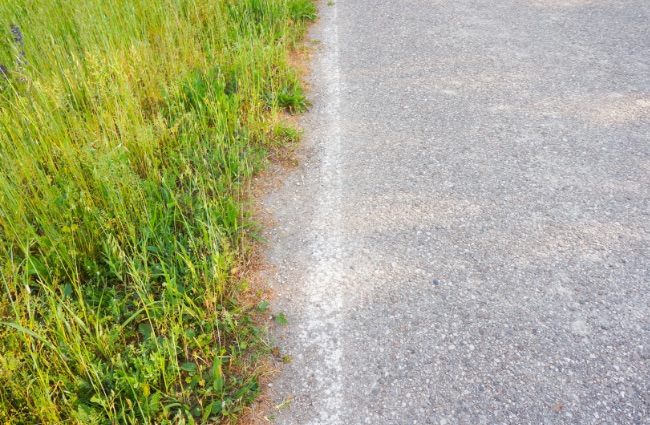In the era of rising energy costs and the need to reduce CO emissions, the world is increasingly turning to alternative, local energy sources. One of the latest examples that attracts the attention of specialists and decision-makers is the British project "Greenprint". It shows that even what has so far been treated as waste - like roadside grass - can successfully supply houses, companies and local governments with clean, renewable energy.
Grass energy - ecology in practice
A pilot project was launched in Great Britain, the aim of which was to use swaths of grass from roadsides to produce biogas, biomethane and biochar. The project implemented in Somerset County is in line with the British and EU decarbonisation strategies and promoting the circular economy.
Instead of mowing and utilizing biomass without further use, the authorities have opted for energy recovery - a solution that fits in with sustainable development, supports local communities and ... powers the energy network.
How does the production of biomethane from grass work?
The process is simple, although it requires modern technology:
- Grass from the roadsides of provincial and local roads are regularly collected.
- Then it goes to processing plants, where it is combined with other bio-waste (e.g. food remains).
- It takes about 45 days anaerobic fermentationthat produces biogas.
- Biogas is purified to form biomethanewhich can be entered into the local power grid.
- Fermentation residues are used as biochar – Fertilizer and organic carbon storage.
Effect?
Energy for approx 8,000 households and real support for over 40,000 inhabitants region.
Grass that supports the climate
The benefits of the GreenPrint project go far beyond energy production. The initiative supports the environment on many levels:
- corrects carbon retention in the soil and the structure of roadside greenery,
- reduces CO₂ emissions related to traditional mowing,
- reduces the production of waste,
- increases biodiversity,
- Creates additional resources of organic fertilizers.
This is a perfect example circular economyin which "waste" becomes a resource - and very valuable.
Potential for Poland and Europe
Although the project was created in Great Britain, its assumptions are fully possible to implement in Poland. Our country has huge amounts of raw materials of a similar nature:
- grass from road lanes, urban green areas and wastelands,
- sewage sludge from municipal sewage treatment plants,
- remnants of agriculture and horticulture,
- leaves, weeds, leftovers from degraded areas.
It is enough to integrate the existing resources with appropriate technologies to not only produce local green energy, but also support local governments and communities in achieving climate and energy goals.
Waste as a resource - the road to a new energy model
Solutions like "Greenprint" show that Ecology can go hand in hand with technology and bring concrete results in a short time. What's more - they are scalable, economically justified and adaptable throughout Europe.
In Poland, tests of biogas plants based on substrates made of unused meadows, lawns or city green belts are already being carried out. It is not only a source of energy - it is a way to develop a space that has not been used in any production way so far.
Grass as the future of green energy?
The GreenPrint project proves that Green transformation does not always require new raw materials - sometimes it is enough to change the approach to what we already have. Roadside grass, which has not been treated as a resource for years, is becoming the fuel of the future today.
For Hymon Powered by Kajima, this is another signal that Innovative thinking about energy - local, renewable and distributed - this is the key to sustainable development.
If we want to create a safe, modern and resistant energy system, we should reach for what already surrounds us - and transform it into real value for people, the environment and the economy.
Would you like to learn more?


 20 June 2025
20 June 2025
